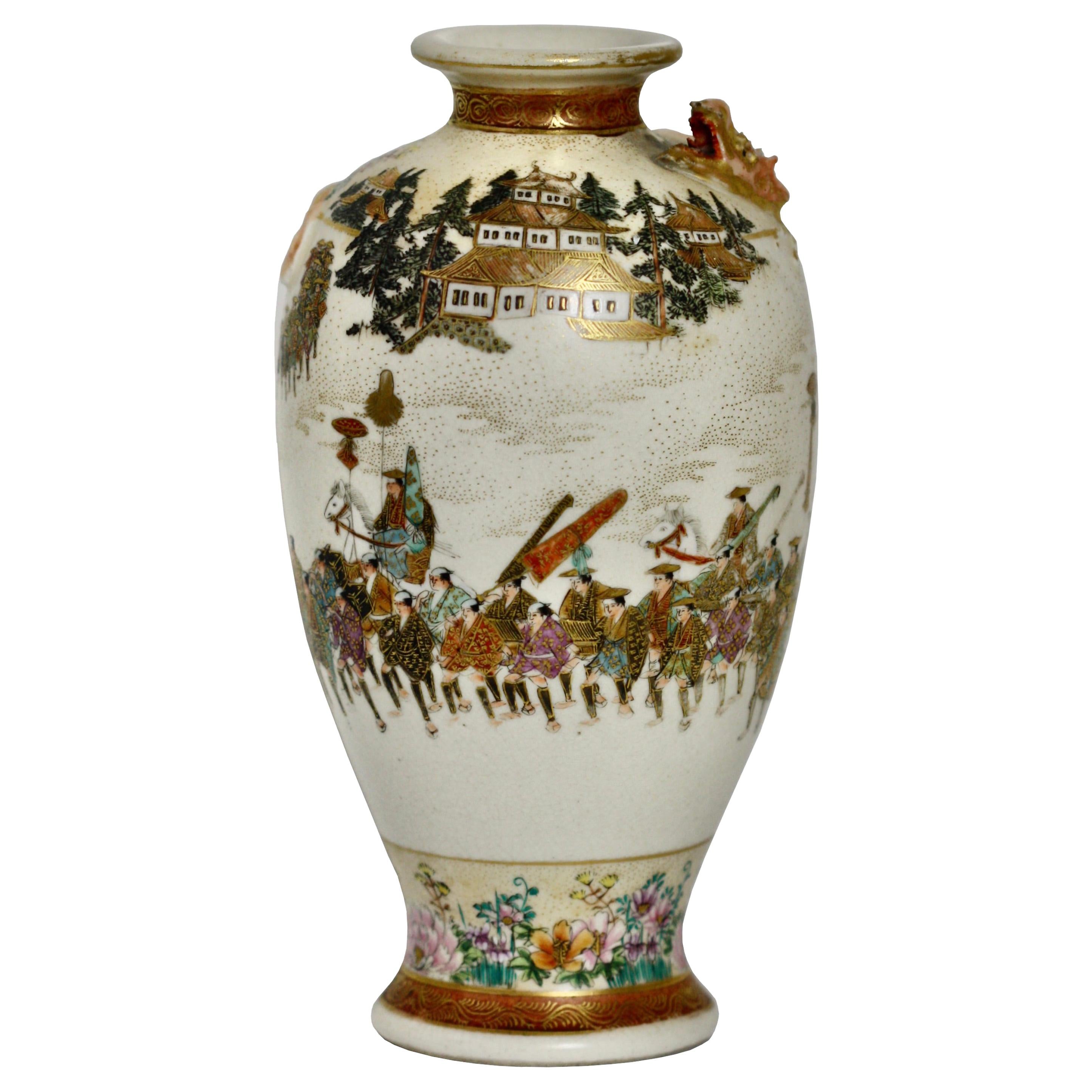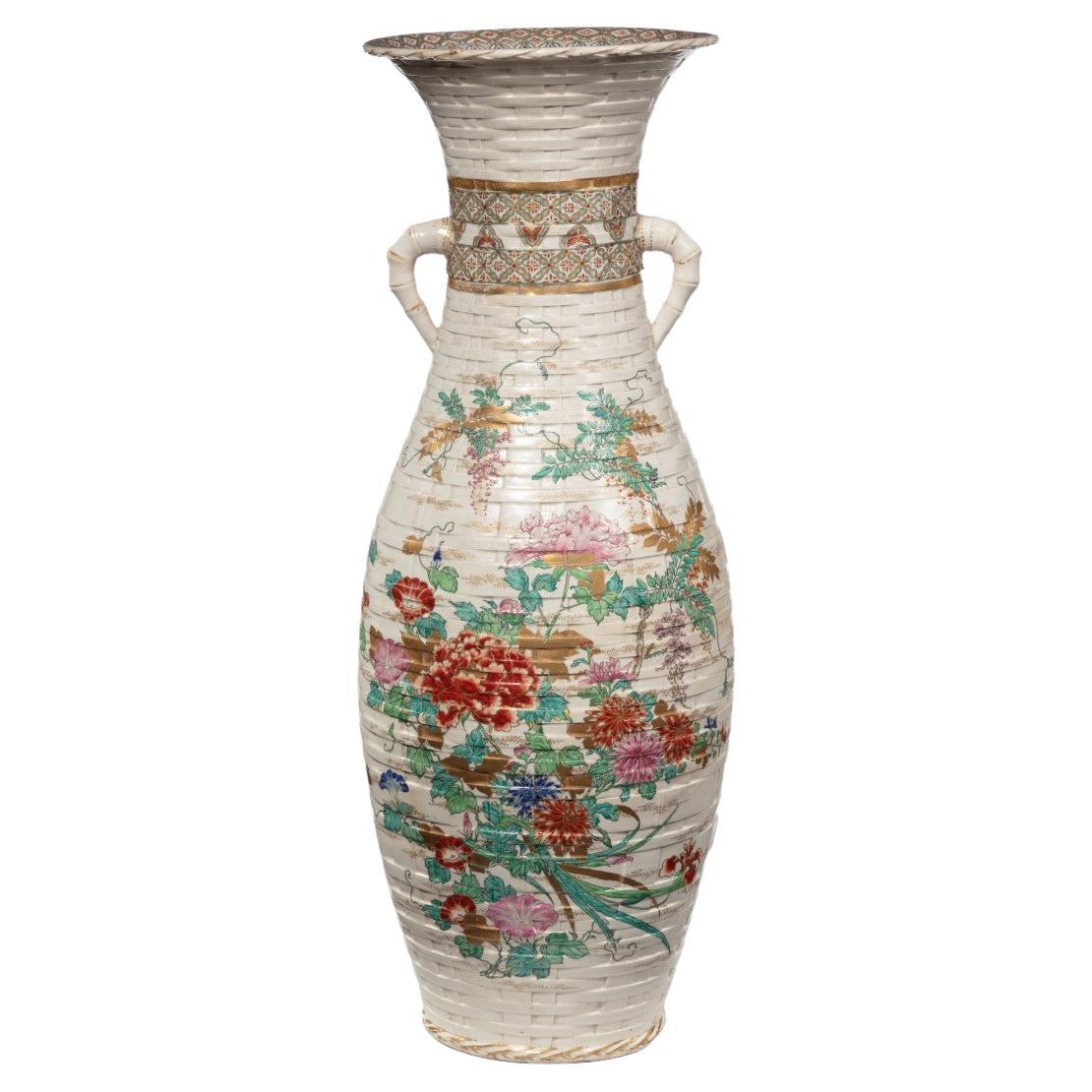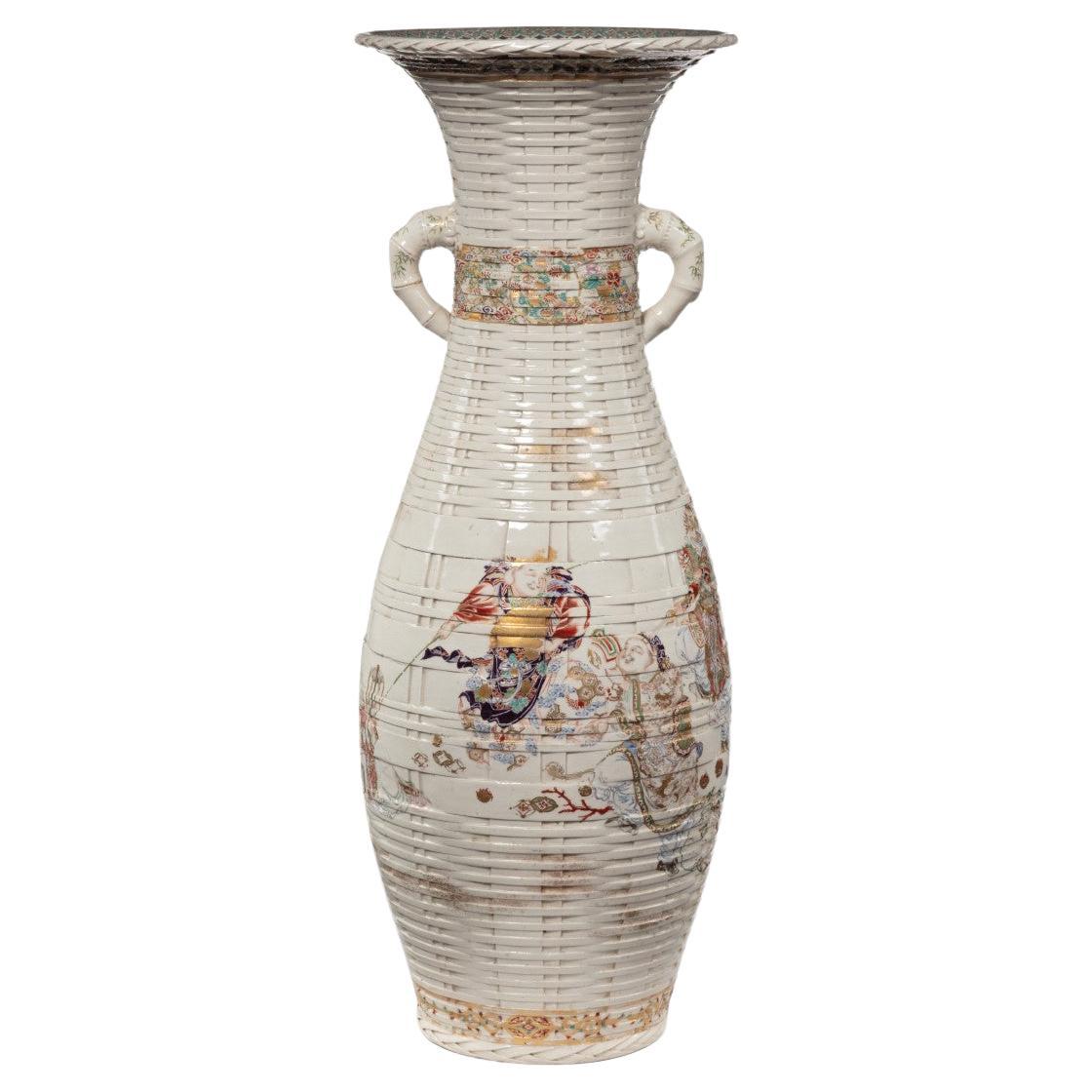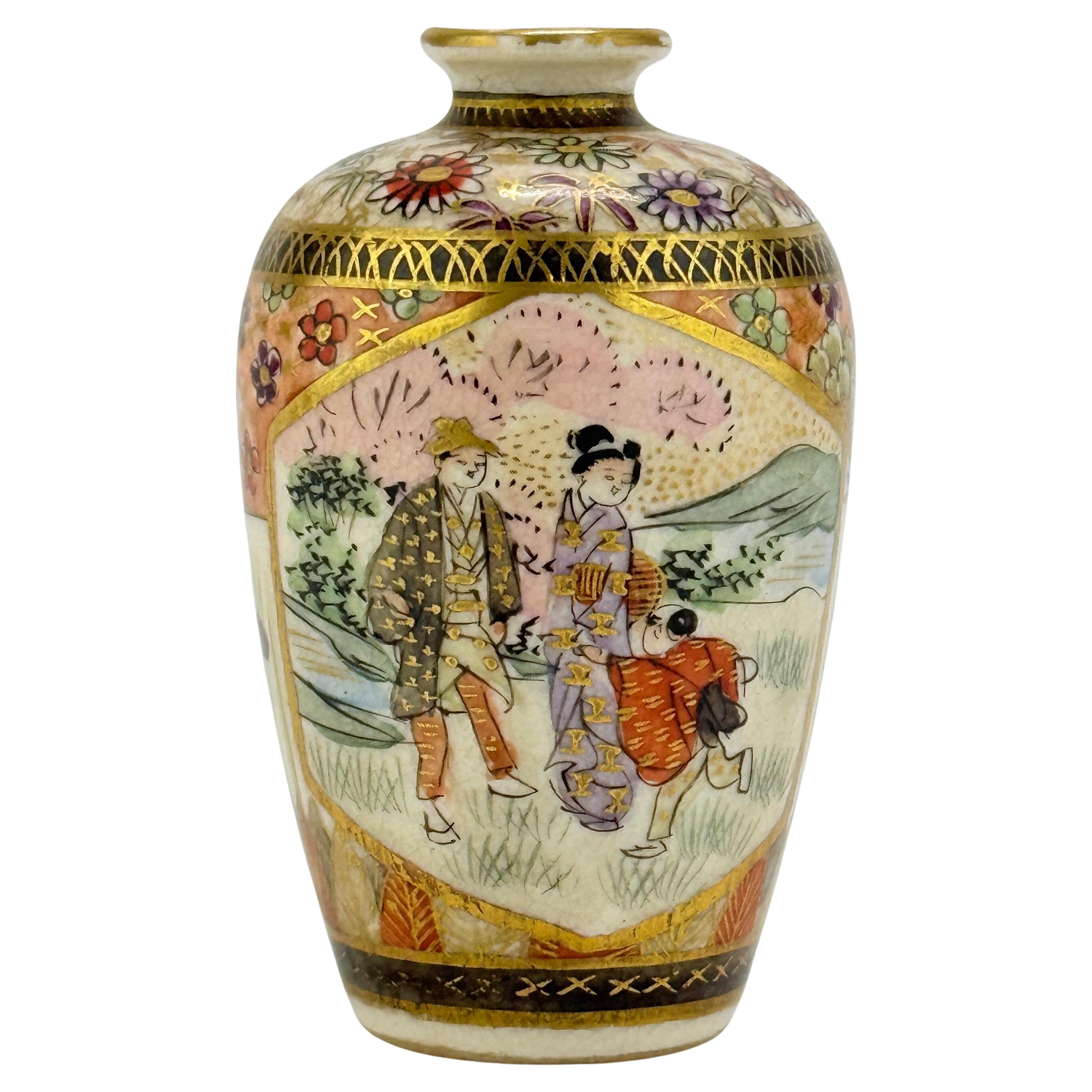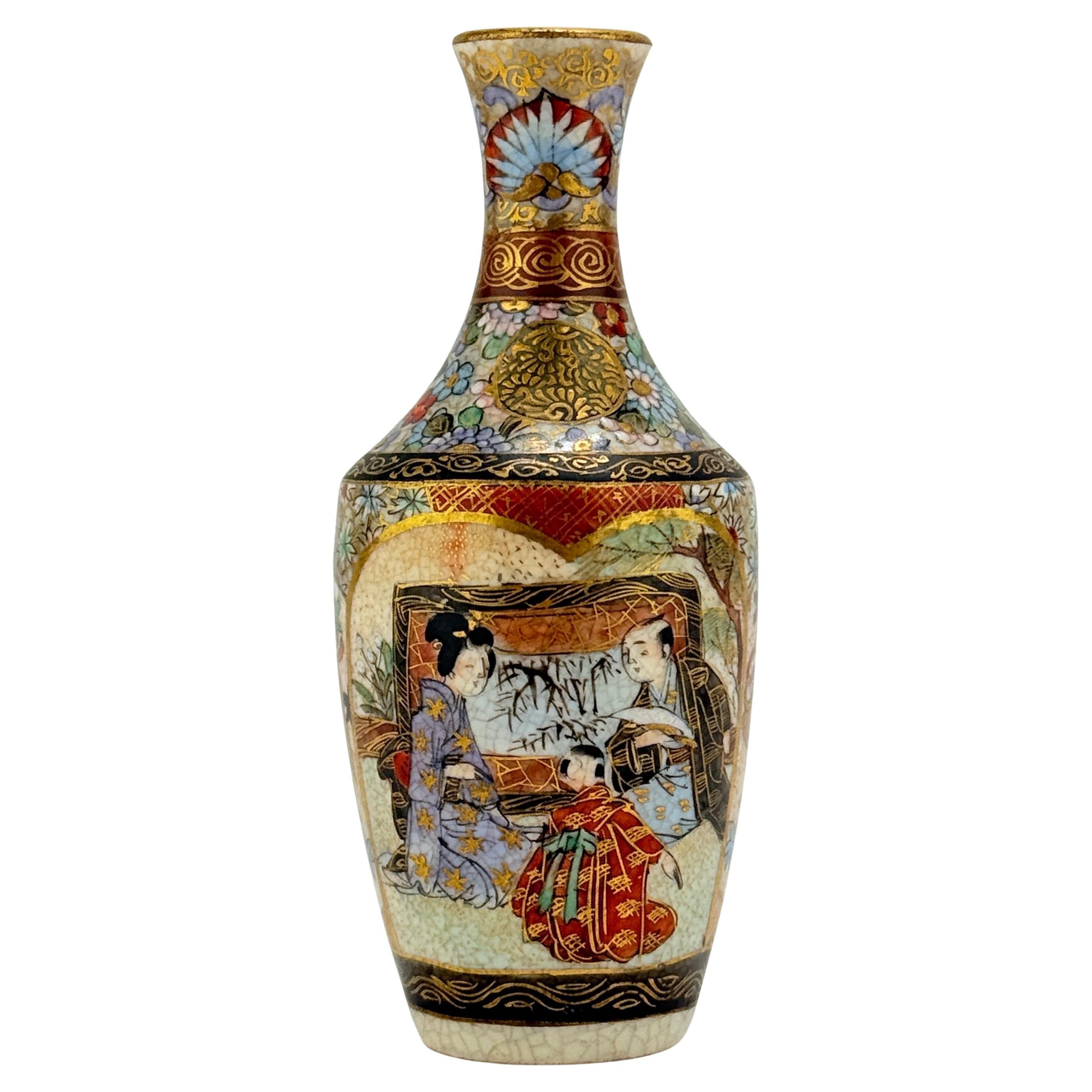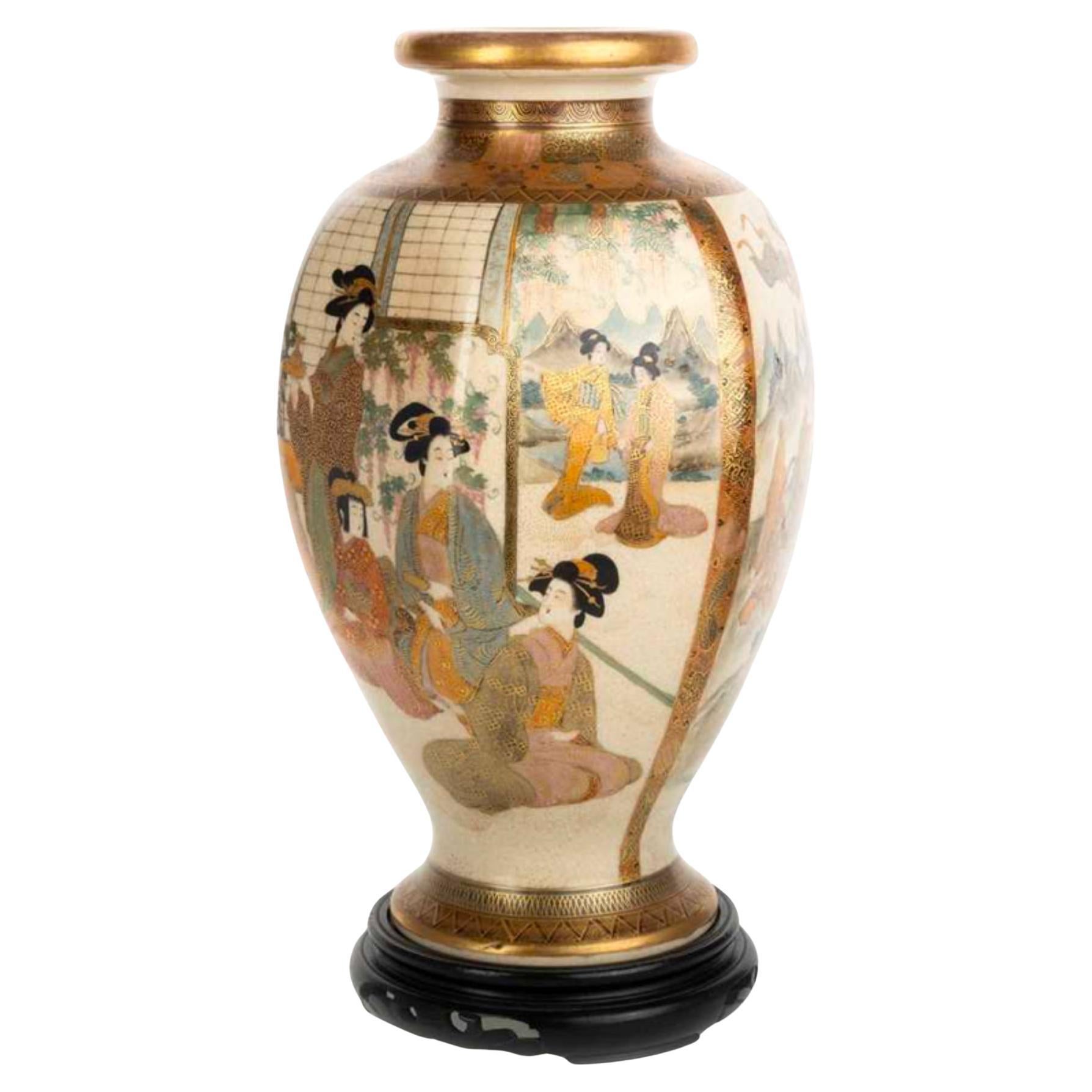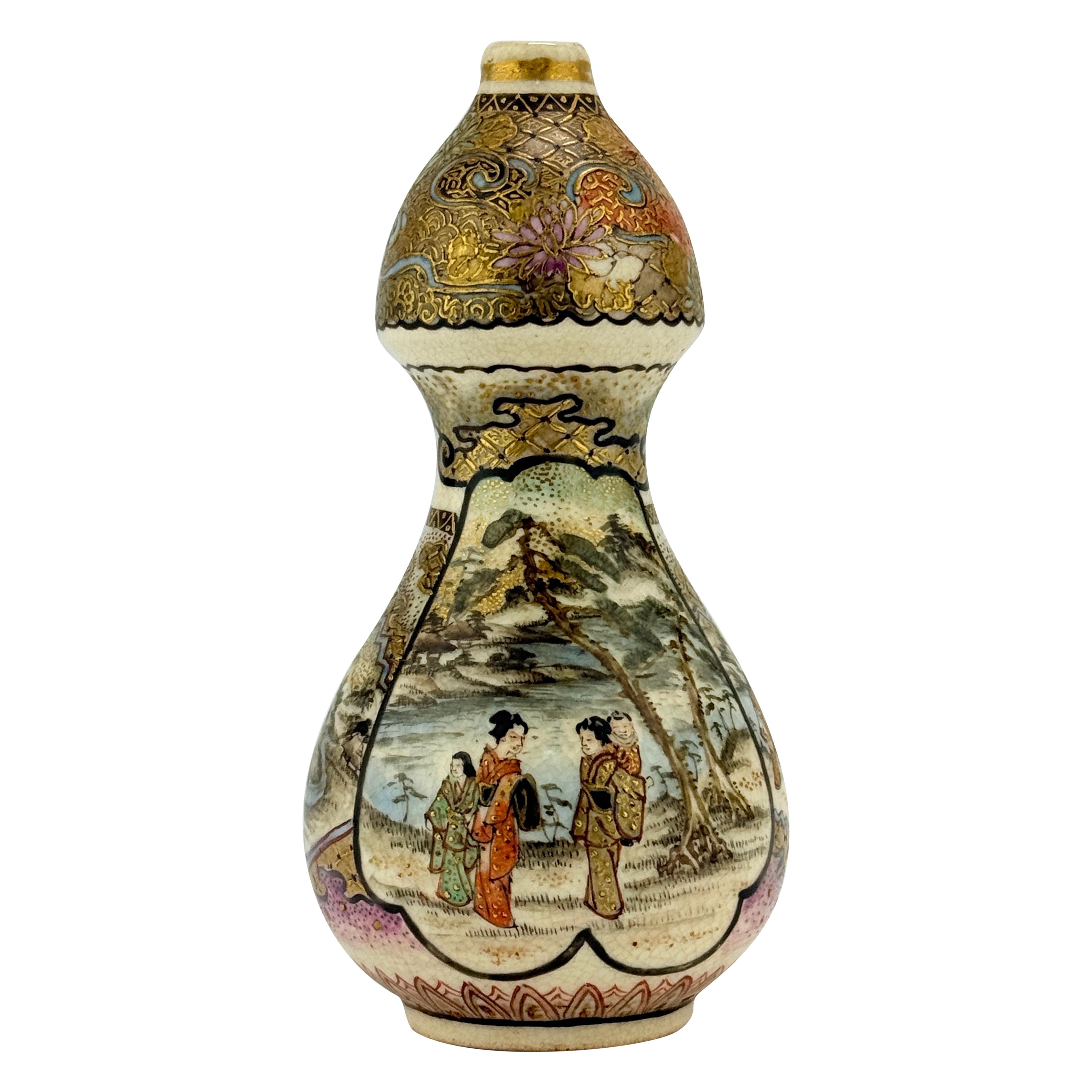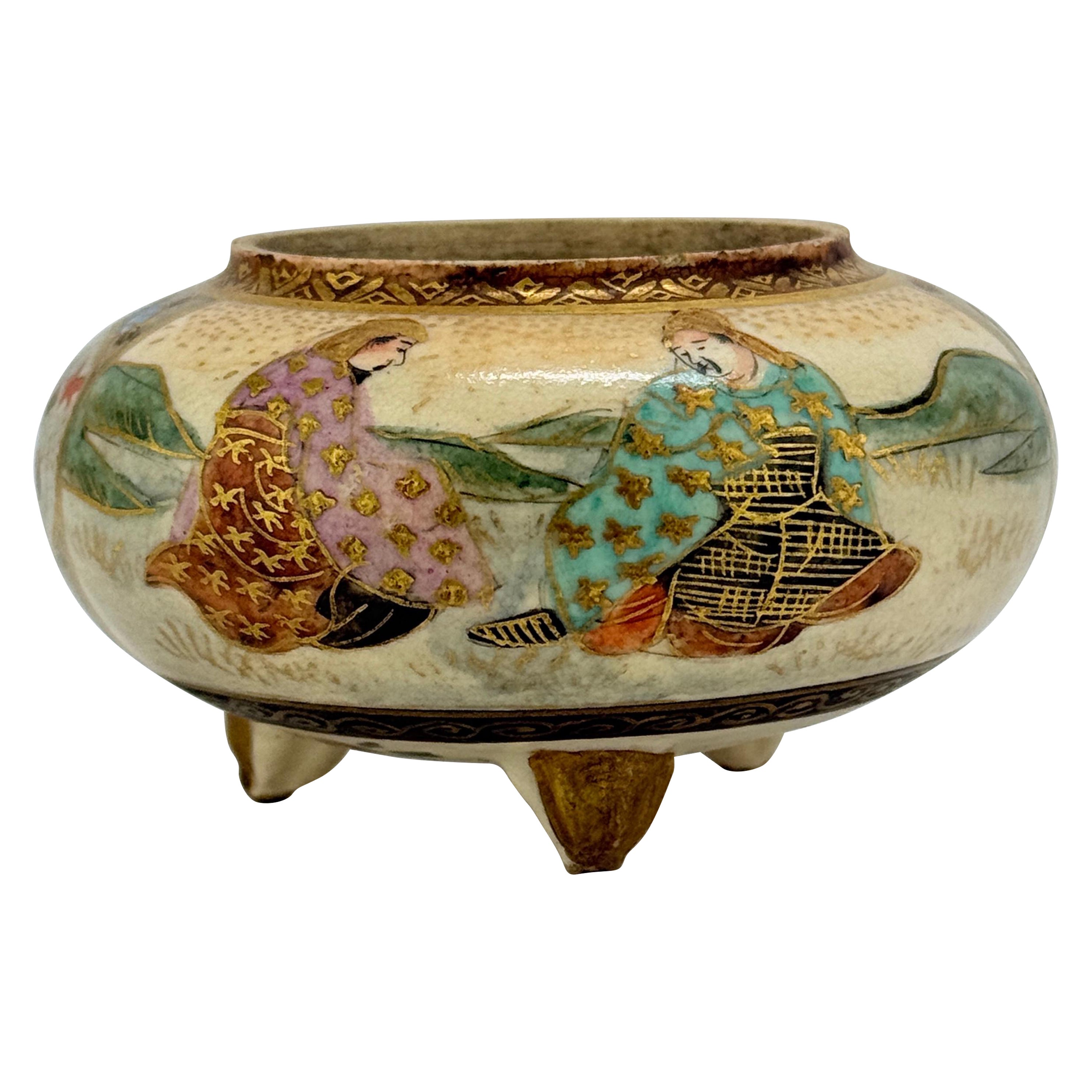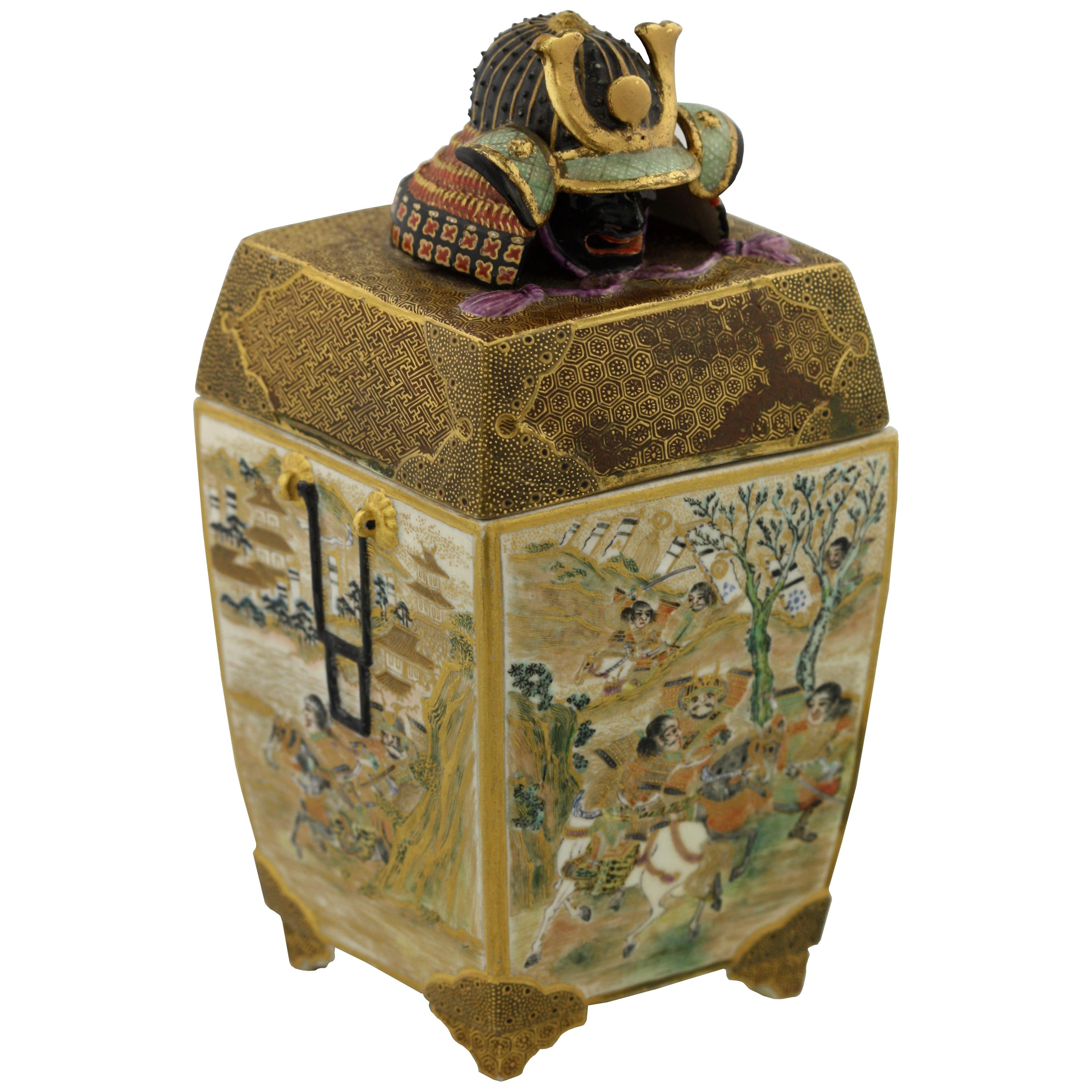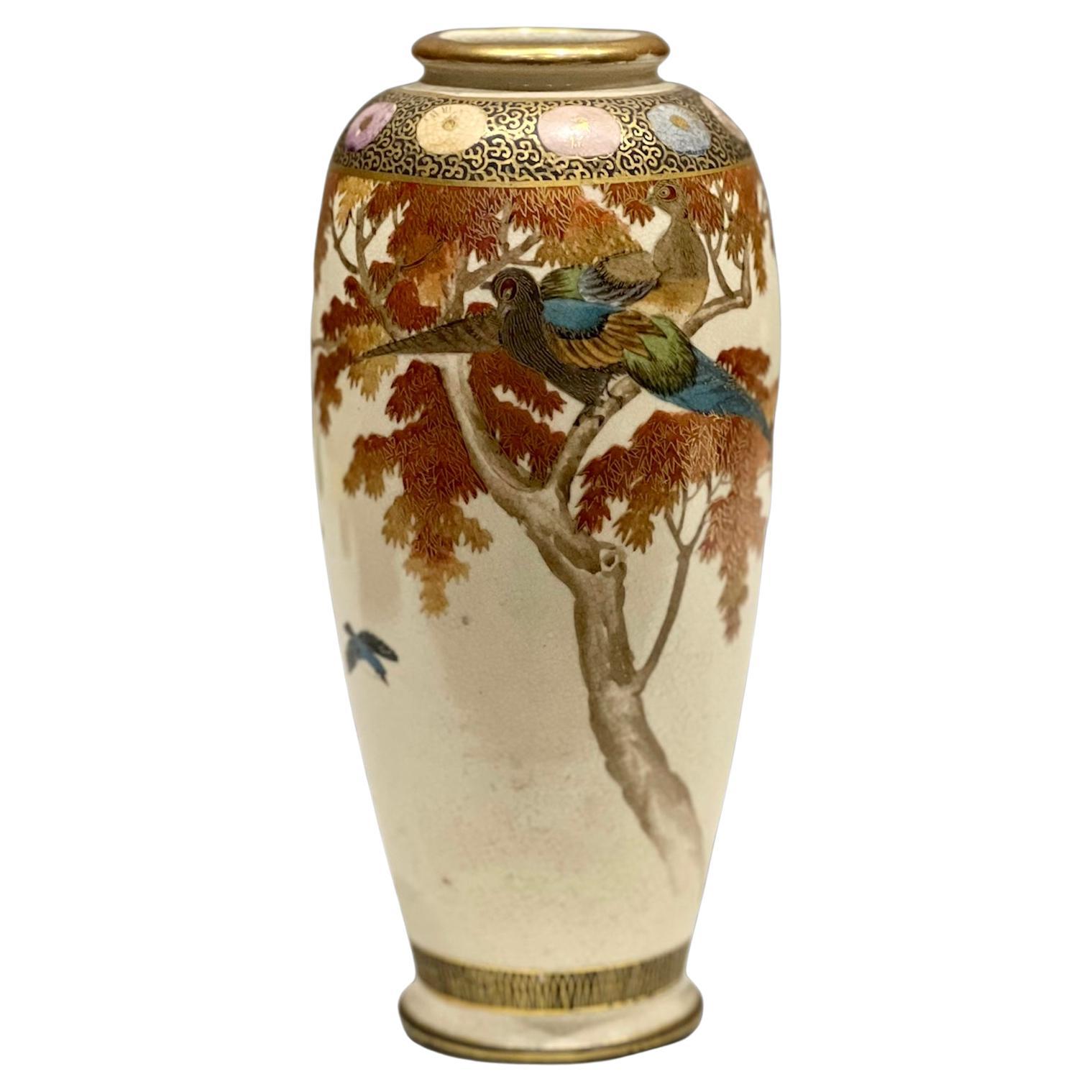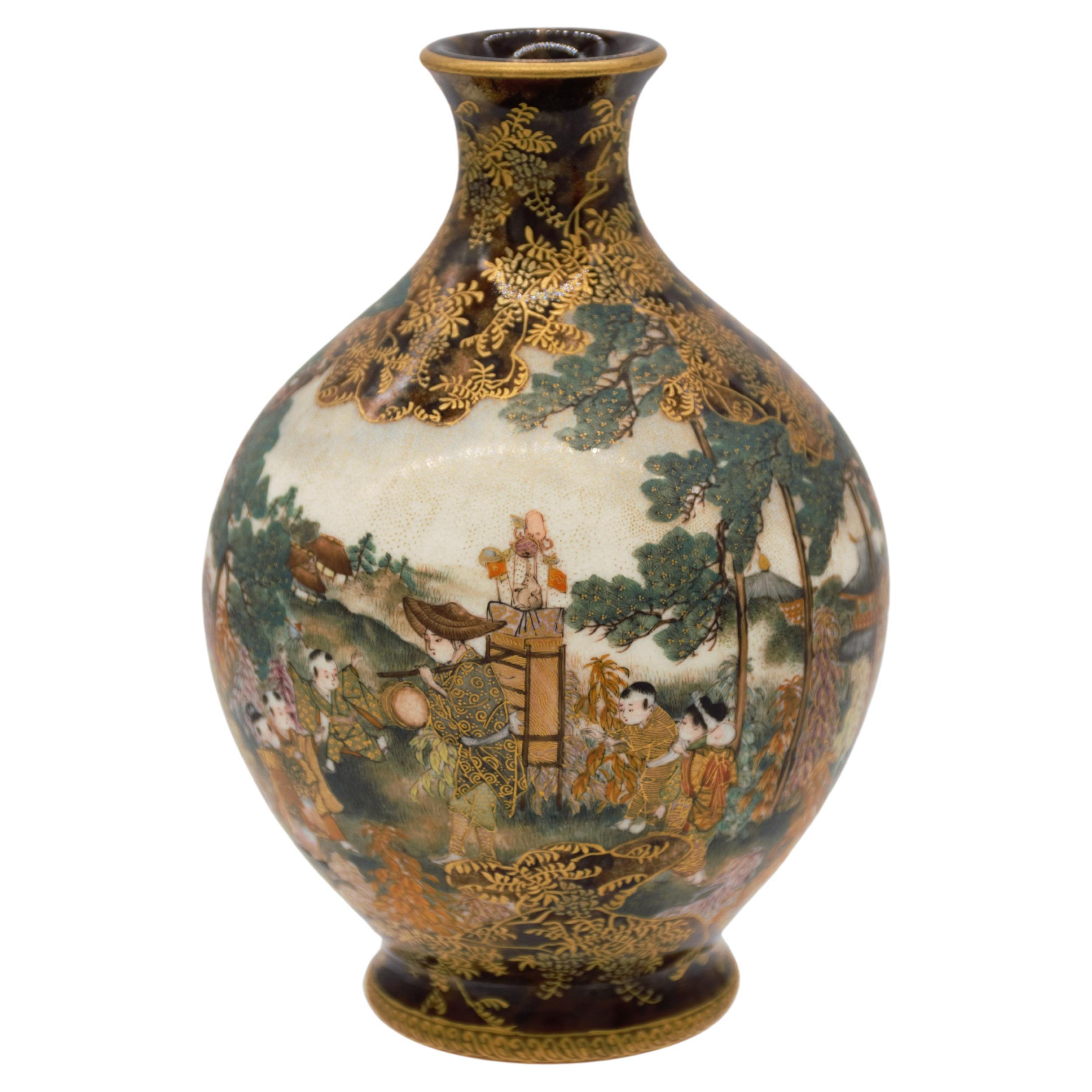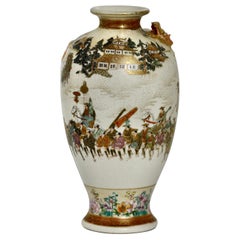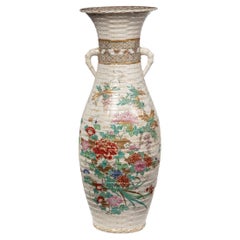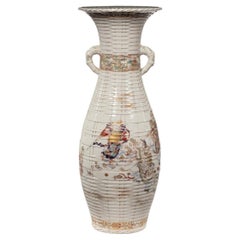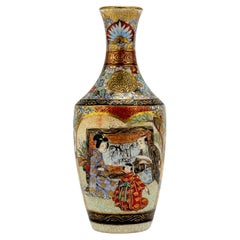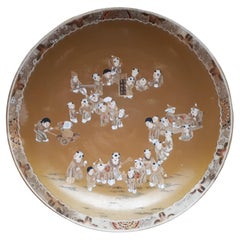
Large Japanese Satsuma Earthenware Dish, Meiji Era Japan
View Similar Items
1 of 20
Large Japanese Satsuma Earthenware Dish, Meiji Era Japan
$1,514.75List Price
About the Item
- Dimensions:Height: 2.76 in (7 cm)Diameter: 17.72 in (45 cm)
- Style:Meiji (Of the Period)
- Materials and Techniques:Earthenware,Enameled
- Place of Origin:
- Period:
- Date of Manufacture:1868-1912
- Condition:Wear consistent with age and use.
- Seller Location:Saverne, FR
- Reference Number:1stDibs: LU8536236470952
Authenticity Guarantee
In the unlikely event there’s an issue with an item’s authenticity, contact us within 1 year for a full refund. DetailsMoney-Back Guarantee
If your item is not as described, is damaged in transit, or does not arrive, contact us within 7 days for a full refund. Details24-Hour Cancellation
You have a 24-hour grace period in which to reconsider your purchase, with no questions asked.Vetted Professional Sellers
Our world-class sellers must adhere to strict standards for service and quality, maintaining the integrity of our listings.Price-Match Guarantee
If you find that a seller listed the same item for a lower price elsewhere, we’ll match it.Trusted Global Delivery
Our best-in-class carrier network provides specialized shipping options worldwide, including custom delivery.You May Also Like
Japanese Satsuma Earthenware Vase, Meiji Period
Located in West Palm Beach, FL
Japanese Satsuma Earthenware Vase, Meiji Period, 1868-1912, of baluster form, the decorated in poly-chrome enamels and gilt on a clear crackle glaze with a Daimyo procession, the nec...
Category
20th Century Ceramics
Materials
Ceramic
Large Meiji Period Satsuma Earthenware Floor Vase
Located in Lymington, Hampshire
A large Meiji period Satsuma earthenware floor vase, the of baluster form, painted in pastel overglaze enamels and gilding with two large sprays of flowers including prunus blossom, ...
Category
Antique 1870s Japanese Meiji Ceramics
Materials
Enamel
Large Meiji Period Satsuma Earthenware Floor Vase
Located in Lymington, Hampshire
A large Meiji period Satsuma earthenware floor vase, the skittle shaped body painted in pastel overglaze enamels and gilding with a continuous frieze of the Seven Gods...
Category
Antique 1870s Japanese Meiji Ceramics
Materials
Enamel
Miniature Japanese Satsuma Porcelain Cabinet Vase - Signed, Meiji Era
Located in Atlanta, GA
This exquisite miniature Satsuma porcelain cabinet vase, dating to the Meiji Era, is a masterful representation of Japanese artistry and craftsmanshi...
Category
Early 20th Century Japanese Meiji Ceramics
Materials
Porcelain
$316 Sale Price
20% Off
Miniature Japanese Satsuma Porcelain Cabinet Vase - Signed, Meiji Era
Located in Atlanta, GA
This finely crafted miniature Satsuma porcelain cabinet vase dates to the Meiji Era and exemplifies the meticulous artistry of Japanese ceramic tradi...
Category
Early 20th Century Japanese Meiji Ceramics
Materials
Porcelain
$316 Sale Price
20% Off
A Large Antique Japanese Satsuma Vase., Signed by Kitamura. Meiji Era
Located in London, GB
A LARGE JAPANESE SATSUMA BALUSTER VASE.
MEIJI PERIOD (1868 - 1912)
Signed by Kitamura
of hexagonal form, decorated with a scene of Japanese saints surrounded by attendants, ano...
Category
Antique Late 19th Century Japanese Ceramics
Materials
Ceramic, Porcelain
Recently Viewed
View AllMore Ways To Browse
Satsuma Dish
One Hundred Boys
Japanese Imari Charger
Chinese Amber
Antique India Exports
Meiji Charger
16th Century Chinese Porcelain
Chinese Famille Verte Porcelains
Korean White Porcelain
Blue Phoenix China
Chinese Blue White Bowl
Antique Kutani
Antique Rose Medallion China
Imari Porcelain Charger
Large Japanese Charger
Chinese Ming Plate
Kangxi Dish
Korean Joseon
